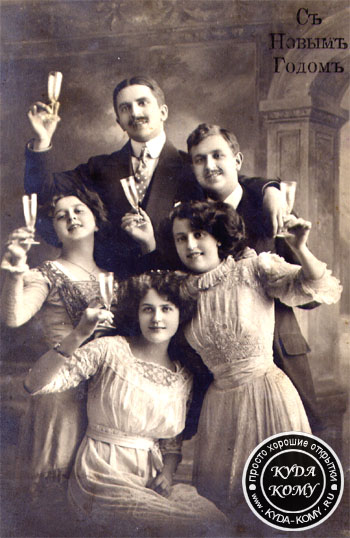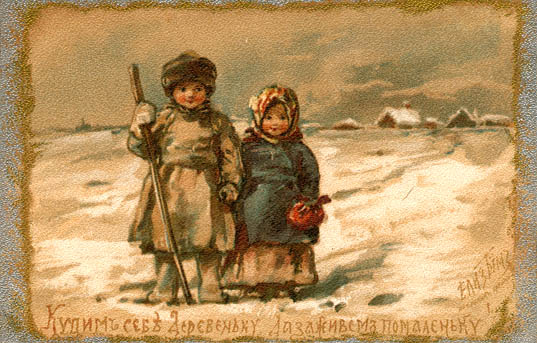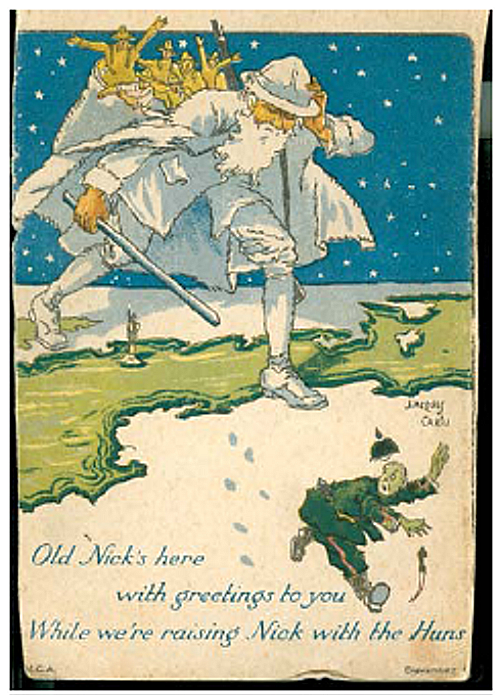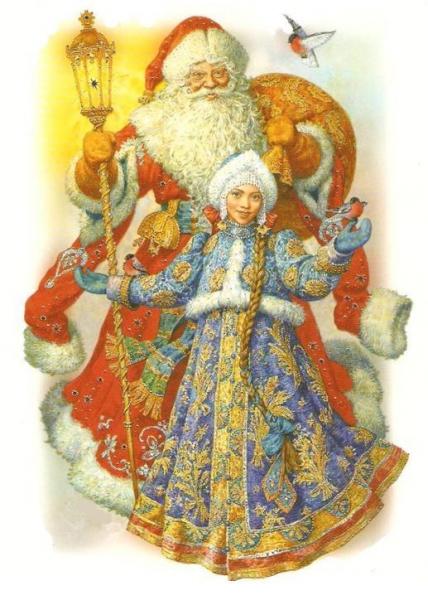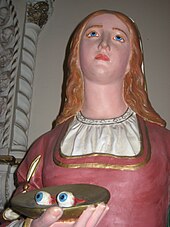Merry Christmas and Happy New Year, Everyone!
Happy Hanukkah!
Let's post some beautiful seasonal cards from different parts of the world. Here is acute Russian cards, of older vintage, I am guessing.
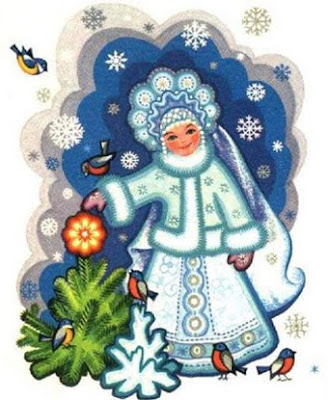
Has anyone seen pre-revolution Russian Christmas cards? If you know how to find some online, please post, I'd love to see them.
Here is one from Sweden. The girl with candles on her hair represents a saint, called St Lucia. It's a tradition for girls to dress up like her on 13 December.




 9Likes
9Likes LinkBack URL
LinkBack URL About LinkBacks
About LinkBacks
 Reply With Quote
Reply With Quote






